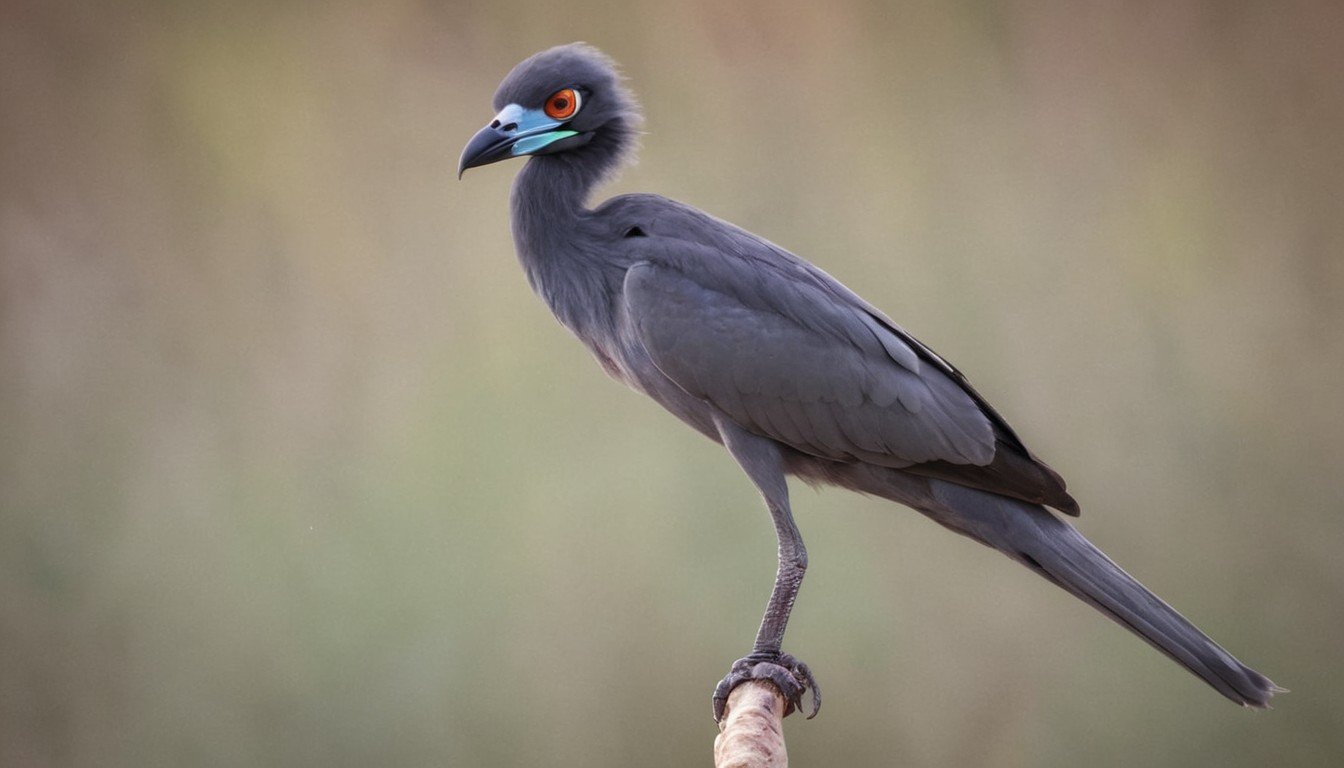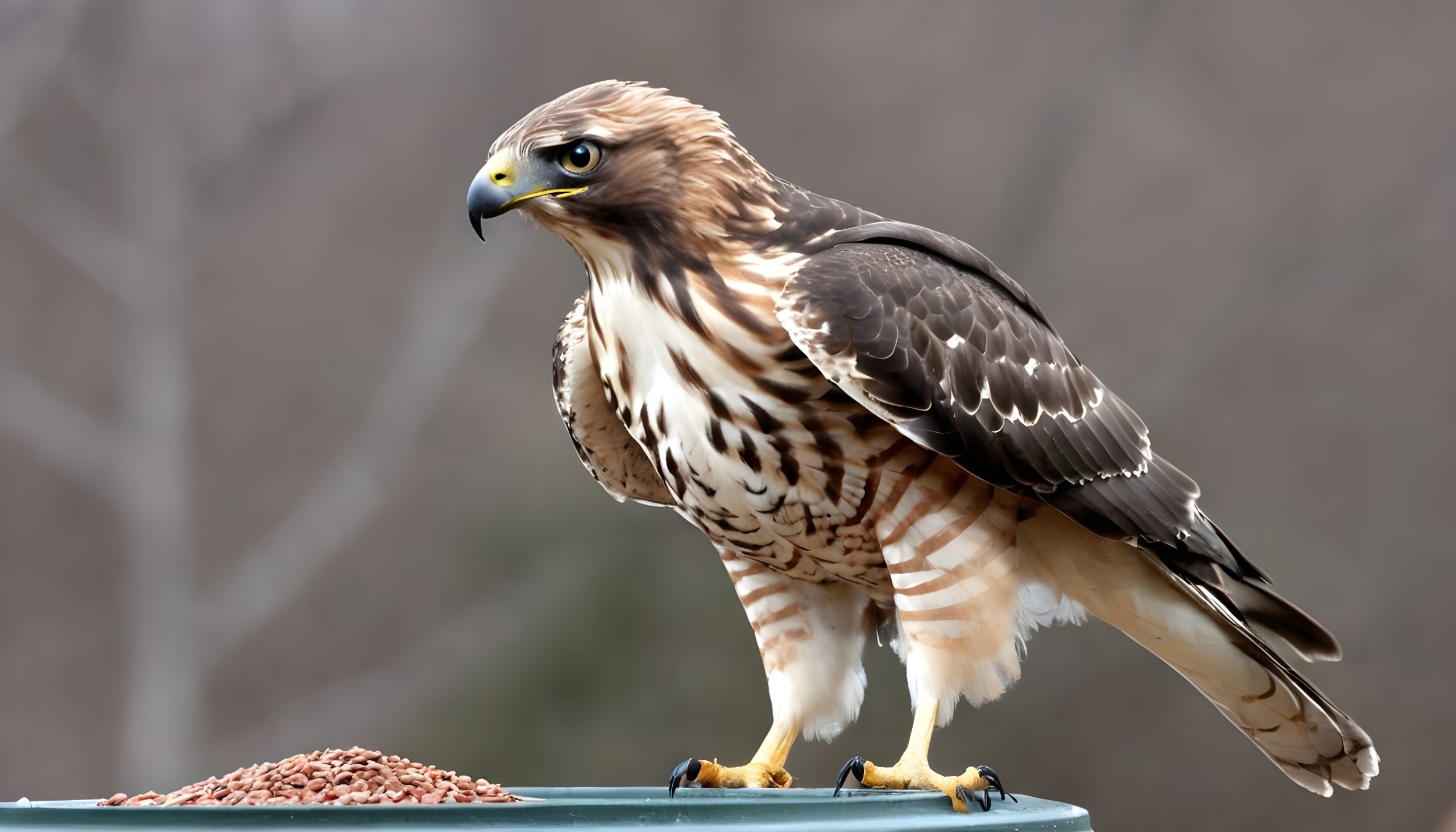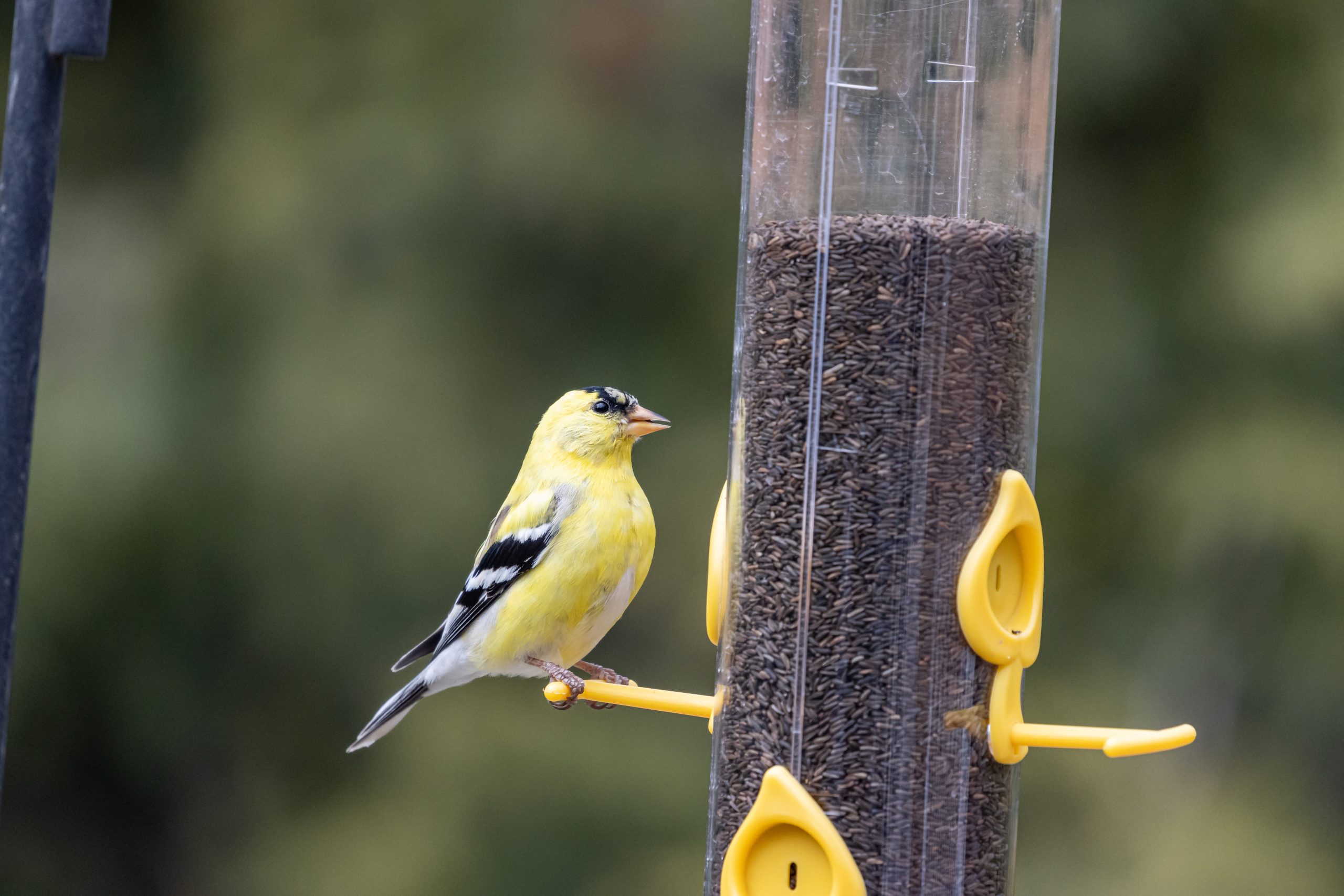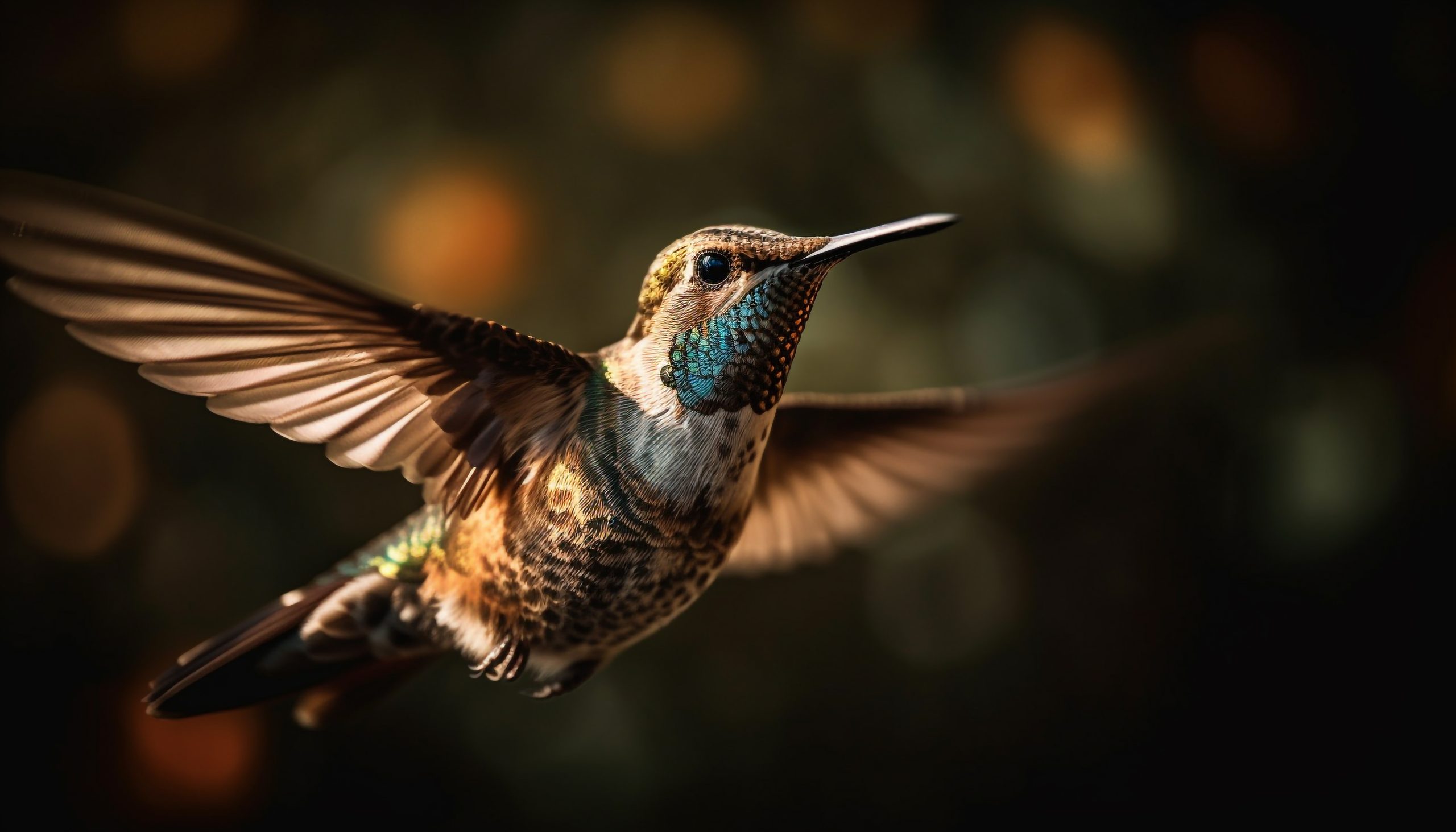birds of Senegal is home to an incredibly diverse array of birds, including some of the most striking and vibrant species you’ll find anywhere. Massive flightless birds share these landscapes with smaller yet equally dazzling birds. With the sheer number of avian species present, it would be impossible to highlight every single Senegalese bird in one article. So instead, this focuses on some of the birds most commonly witnessed by visitors to the country through regular sightings and observations. From giant terrestrial birds to tiny bursts of colorful feathers, there is something sure to grab every birdwatcher’s attention.
Discovering the Rich Avian Diversity: 50 Birds in Senegal
| Bird Name | Location | Facts |
|---|---|---|
| African Fish Eagle | Throughout Senegal | Impressive fish-hunting raptor with distinctive call. |
| Hooded Vulture | Savannas and forests | Scavenger with a unique appearance and bald head. |
| Grey Crowned Crane | Wetlands and grasslands | Striking crane with a golden crown on its head. |
| Lappet-faced Vulture | Open woodlands and plains | Large scavenger known for its powerful build. |
| Martial Eagle | Various habitats | One of Africa’s largest eagles, skilled predator. |
| African Harrier-Hawk | Woodlands and savannas | Adaptable raptor, known for its distinctive flight. |
| African Jacana | Wetlands and ponds | Wader with long toes for walking on floating vegetation. |
| White-backed Vulture | Open areas and savannas | Social scavenger with a white back and broad wings. |
| Rose-ringed Parakeet | Urban areas and forests | Popular pet species, often seen in flocks. |
| Marabou Stork | Various habitats | Large stork with a distinctively bare head and neck. |
| Black-crowned Night Heron | Wetlands and rivers | Nocturnal heron with a black crown on its head. |
| Yellow-billed Stork | Wetlands and rivers | Large stork with a distinctive yellow bill. |
| Hadada Ibis | Grasslands and wetlands | Noisy bird with a distinct “ha-ha-ha” call. |
| Northern Carmine Bee-eater | Woodlands and savannas | Colorful bird with vibrant plumage, insectivorous. |
| Senegal Parrot | Woodlands and savannas | Popular pet and forest-dwelling parrot species. |
| Egyptian Plover | Rivers and shores | Also known as the “Crocodile Bird” for its symbiotic relationship with crocodiles. |
| African Pygmy Kingfisher | Forests and wetlands | Tiny and colorful, a skilled hunter of small prey. |
| African Grey Hornbill | Woodlands and savannas | Distinctive hornbill with a grey and yellow bill. |
| Black Kite | Open areas and wetlands | Opportunistic hunter and scavenger. |
| Red-billed Quelea | Grasslands and farmlands | Impressive fish-hunting raptor with a distinctive call. |
| African Mourning Dove | Various habitats | Common dove with a mournful cooing sound. |
| Black-collared Lovebird | Woodlands and savannas | A social bird, known for massive flocks during migration. |
| Long-tailed Glossy Starling | Woodlands and savannas | Glossy iridescent plumage, known for mimicking sounds. |
| African Spoonbill | Wetlands and lagoons | Wader with a distinctive spoon-shaped bill. |
| African Wattled Lapwing | Grasslands and wetlands | Lapwing with distinctive wattles on its face. |
| Yellow-crowned Gonolek | Woodlands and scrub | Vibrant bird with a striking combination of colors. |
| African Blue Flycatcher | Woodlands and gardens | Small bird with beautiful blue plumage. |
| Little Bee-eater | Various habitats | It is a small parrot with a black collar and colorful plumage. |
| Brown Snake Eagle | Savannahs and woodlands | Specialized snake-hunter with a keen eyesight. |
| Yellow-fronted Canary | Grasslands and farmlands | Small songbird with a yellow front. |
| African Thrush | Woodlands and gardens | A colorful bird that feeds on bees and other insects. |
| Pied Crow | Urban areas and savannas | Intelligent and adaptable, often seen in human settlements. |
| White-throated Bee-eater | Savannahs and woodlands | Striking bee-eater with a white throat. |
| Western Plantain-eater | Forests and woodlands | Large fruit-eating bird with a distinctive call. |
| African Green Pigeon | Woodlands and savannas | Pigeon species with green plumage. |
| Palm-nut Vulture | Forests and wetlands | Specialized in feeding on the fruits of oil palms. |
| White-faced Whistling Duck | Wetlands and lakes | Duck with a distinctive facial pattern and whistling calls. |
| Beautiful Sunbird | Woodlands and gardens | Small, colorful bird with iridescent plumage. |
| Abyssinian Roller | Savannas and woodlands | Woodpecker species are often seen foraging on trees. |
| Black-headed Heron | Wetlands and rivers | Heron with a black head and neck. |
| Greater Flamingo | Coastal areas and lagoons | Large wading bird with distinctive pink plumage. |
| Malachite Kingfisher | Rivers and wetlands | Vibrant kingfishers are often seen near water bodies. |
| African Sacred Ibis | Wetlands and rivers | Symbolic bird in ancient Egyptian mythology. |
| African Paradise Flycatcher | Woodlands and gardens | Long-tailed flycatcher with a graceful appearance. |
| Blue-cheeked Bee-eater | Woodlands and savannas | Bee-eater species with blue markings on its face. |
| Fanti Saw-wing | Woodlands and forests | Small swallow with distinctive “saw-like” tail. |
| Eurasian Golden Oriole | Woodlands and gardens | Migratory bird with striking yellow and black plumage. |
| African Grey Woodpecker | Woodlands and savannas | Woodpecker species often seen foraging on trees. |
| Yellow-bellied Sunbird | Woodlands and gardens | Sunbird with a yellow belly and metallic plumage. |
| African Stonechat | Grasslands and scrub | Small bird with a distinctive black head and white throat. |
Senegal’s Diverse Birdlife
Explore a diverse array of bird species in Senegal, where birdwatching enthusiasts can marvel at the habits and traits of beautiful birds. Senegal, home to a variety of colorful birds, is particularly renowned for its popular species like the Fish Eagle, African Grey Hornbill, and Abyssinian Roller.
Birdwatchers can delight in the distinct characteristics of the Flycatcher and the defensive tactics of the Hoopoe. Learn about the nesting habits of the Hadada Ibis, the foraging behavior of the Ibis, and the unique sounds of the Sacred Ibis.
Witness the feeding habits of the Sunbird and the scavenging skills of the Hooded Vulture. Gain insights into the breeding habits of waterbirds, the flight patterns of Guinea Fowl, and the nest-building techniques of the Hamerkop. Immerse yourself in the fascinating world of Senegal’s colorful birds and their captivating behaviors.
Common birds of Senegal
Senegal hosts a colorful array of common bird species, each contributing threads to its avian tapestry. Savannas, wetlands, forests, and more endow habitats for numerous avians. Prevalent finds include the scavenging Hooded Vulture and the grassland-roving Hadada Ibis with its signature calls.
Native too is the popular Senegal Parrot. Melodious African Thrush song reverberates through Senegalese trees and gardens. These everyday birds imbue Senegal’s landscapes with natural splendor while offering bird enthusiasts plentiful chances to appreciate the captivating realm of its birdlife.
Birds of Senegal: A Birdwatcher’s Paradise
Senegal is a birdwatcher’s paradise, home to over 500 recorded bird species. Its diverse habitats–including the Atlantic coast, vast interior plains, forests, wetlands, and major river deltas–provide a home for a stunning diversity of resident and migratory birds.
From giant terrestrial species like the ostrich-like secretary bird to tiny, colorful songbirds like the pygmy sunbird, Senegal abounds with avian life. Read on for an overview of some of the most spectacular birds in Senegal and key sites for observing them firsthand.
Vibrant Rollers, Bee-Eaters, and Hornbills
Senegal boasts 40 different species from the roller, bee-eater, and hornbill families. These social, vividly colored birds lend beauty and character to any safari.
The blue-bellied roller is an exotic gem, with bright blue underparts and an electric blue-and-chestnut back. It makes a screeching “krick-krick” call in flight. The Abyssinian roller has gorgeous turquoise wings when it flies.
Notable Species
| Abyssinian Roller | African Grey Hornbill |
| Blue-bellied Roller | Red-billed Hornbill |
| Blue-cheeked Bee-eater | White-crowned Hornbill |
Bee-eaters like the northern carmine and little bee-eater dazzle with their salmon-pink plumage and aerial acrobatics. As their name suggests, bee-eaters predominately feed on flying insects like bees and wasps. Flocks will congregate near nesting colonies.
Birds of Prey Rulers of the Skies
From the iconic African fish eagle to the mammoth lappet-faced vulture, Senegal hosts incredible diversity and concentration of birds of prey. Many species time breeding with seasonal pulses in prey availability.
The palm-nut vulture is a small raptor that specializes in cracking palm nuts with its strong beak. The impressive grey-crowned crane engages in spectacular mating dances. Its booming courtship calls echo across the grasslands.
The secretary bird towers on long legs; it uses its lethal kicks to dispatch prey like snakes or rodents. The African harrier-hawk’s huge gape allows it to swallow birds and bats whole.
Notable Species
| African Fish Eagle | African Harrier-Hawk |
| Hooded Vulture | Lappet-faced Vulture |
| Martial Eagle | Palm-nut Vulture |
Herons, Storks, and Other Water Birds
Great expanses of freshwater wetlands in the Senegal delta provide critical habitat for numerous water birds. Wading birds like herons and storks concentrate on seasonal floods.
The goliath heron is Africa’s largest heron, standing over 4 feet tall with a six-foot wingspan. It stalks fish and amphibians slowly in shallow water with precise spear-like strikes.
Flocks of sacred ibises probe wet mud for crabs and mollusks with their distinctive down-curved beaks. Other noted waders include the black-crowned night heron and the diminutive striated heron.
Notable Species
| Black-crowned Night Heron | Goliath Heron |
| Hadada Ibis | Marabou Stork |
| Sacred Ibis | Yellow-billed Stork |
Songbirds, Parrots and More
Over 100 dazzling species of songbirds and parrots are found across Senegal. Tiny sunbirds like the scarlet-chested sunbird hover hummingbird-like while collecting nectar. Parrots like the rose-ringed parakeet add a flash of green to the drab dry season landscape.
Weavers are named for their intricately woven nests; the village weaver constructs a football-sized nest with separate egg and nestling chambers. Other songsters like the Senegal eremomela and African thrush fill the air with musical calls.
Notable Species
| African Thrush | Beautiful Sunbird |
| Black-necked Weaver | Rose-ringed Parakeet |
| Village Weaver | Yellow Wagtail |
Top Sites for Birding in Senegal
From coastal wetlands to inland floodplains, Senegal provides critical habitat for resident and migratory birds across seasons. Top sites include:
Djoudj National Bird Sanctuary
This UNESCO World Heritage wetland near the mouth of the Senegal River delta hosts over 1.5 million wintering palearctic birds like ducks, waders, and falcons. Birds concentrate on the lakes, streams, and mudflats.
Over 400 species have been recorded here; top sightings include white-faced whistling duck, greater flamingo, Eurasian spoonbill, and African fish eagle. The best viewing is by guided pirogue boat tour.
Saloum Delta National Park
This biodiverse coastal delta mixes mangrove swamps, dry forests, and over 200 square kilometers of islets, channels, and belongs. The varied habitat supports over 300 bird species including rare coastal birds.
Key species include Caspian tern, grey-headed gull, Goliath heron, and lesser flamingo. The hamerkop builds massive nest structures. Birding safaris explore the islands and mangroves by traditional pirogue canoe.
Kiang West National Park
This remote 700-square-kilometer park in southeastern Senegal is noted for its dry woodlands and grass savannas. The habitat shelters unique birdlife like the grasshopper buzzard, white-bellied bustard, and golden nightjar. Larger wildlife has been depleted by poaching but birds thrive.
Conclusion: Spectacular Birding Destination
With over 500 recorded species across diverse habitats, Senegal is one of Africa’s top birding destinations. From dry forests echoing with the booming call of the African grey hornbill to flooded plains darkening the sky with a million ducks and waders, Senegal enthralls bird lovers.
As tourism infrastructure improves, more birders are discovering Senegal’s phenomenal avifauna. National parks like Djoudj in the north and Kiang West in the south offer birding unlike anywhere else in Africa. A trip to Senegal promises spectacular bird sightings and memories to last a lifetime.
Frequently Asked Questions about Birds in Senegal
What is the turquoise bird in Senegal?
The stunning turquoise bird found in Senegal is the Abyssinian roller. When it flies, dazzling turquoise blue flight feathers flash against its brown wings. It inhabits drier bush and grasslands. Its loud, babbling territorial call is often the best indication of its presence.
Do Senegal parrots speak?
Yes, Senegal parrots can mimic speech and other sounds. They are one of the best-talking parrots, famous for their clear speech and playful vocabulary. Their antics and talking ability make them popular as pets. In Senegal, their chatter brightens forest canopies.
How smart are Senegal parrots?
Senegal parrots are highly intelligent birds. Their brains have the same relative size as great apes when compared to body size. They can accomplish cognitive tasks like categorization and object permanence on par with primates. Their intelligence and longevity contribute to the success of training them to speak and mimic.
Which African country has the most bird species?
The African country with the highest number of bird species is the Democratic Republic of Congo with over 1,100 species recorded. Its vast tracts of rainforest provide habitat for forest birds ranging from tiny sunbirds to the huge shoebill stork. South Africa and Kenya also have over 900 species.
Which country is the richest in birds?
Colombia tops the list with more than 1,900 recorded species within its borders. Its variety of habitats including the Amazon rainforest contributes to phenomenal diversity. Other countries with over 1,000 species include Peru, India, Indonesia, Australia, and Mexico.
Which country is best for birding?
Costa Rica is considered the premier international birding tourism destination thanks to its biodiversity, infrastructure, accessibility to key sites, and community engagement in conservation. Over 900 species inhabit its forests and coasts, from resplendent quetzals to scarlet macaws. Established trails make viewing easy.
What animal represents Senegal?
The lion is the national symbol of Senegal. The lion symbolizes power and strength and appears on the logo of national soccer teams and the coat of arms. Lions once roamed across the country but today only a small population of lions persists in Niokolo-Koba National Park.
Is a Senegal a parrot?
Yes, the Senegal parrot is a small West African parrot that inhabits savanna and dry forest habitats. Sometimes called the “bush parrot,” it is characterized by vibrant yellow and green plumage. As a popular pet species, captive breeding has produced color mutations like lutinos and albinos.
What type of parrot is a Senegal?
The Senegal parrot belongs to the genus Poicephalus, a group of African parrots called typical African parrots. The Senegal parrot is the smallest in the genus at 8-10 inches in length. It is also the only Poicephalus parrot not threatened in the wild due to its large range across West Africa.
Why are Senegal parrots good pets?
Senegal parrots make excellent pets for several reasons. They are highly affectionate and bond strongly with their owners. Their small size and quiet nature suit apartments or homes. Senegals have impressive speaking ability, trainable dispositions, and live up to 30 years with proper care. Their popularity has led to the abundant availability of captive-bred birds.
What fruits and vegetables can Senegal parrots eat?
Senegal parrots enjoy a varied diet in the wild, including seeds, nuts, fruit, berries, buds, blossoms, and some insects. Good fruits and veggies to offer captive Senegals include apples, grapes, kale, sweet potatoes, carrots, bell peppers, fresh corn, peas, squash, and sweet berries like mango. Leafy greens, sprouts, and shoots also supplement their nutrition.
Do Senegal parrots like to cuddle?
Yes, Senegals form exceptionally strong bonds with human companions, and most love to cuddle. They crave hands-on interaction like gentle head scratches, full-body pets, kisses, nuzzling into the neck, and sitting closely with owners, especially when tired at night. As flock birds, physical affection substitutes the contact they would have with other parrots.
What natural predators do Senegal parrots have?
In the wild, Senegal parrots face predators like snakes, over 20 species of African raptors, genets, jackals, rats, and baboons. Nestlings and eggs are especially vulnerable. Parrots rely on safety in numbers, nesting in cavities out of reach, alarm calls to threats, and camouflage. Their strong beaks and agility help defend against attack once airborne.
What threats face Senegal parrots in the wild?
Major threats to wild Senegal parrot populations include habitat loss from pressures like logging, agriculture, and grazing, which reduce suitable nesting sites. The pet trade has also heavily exploited wild parrots despite current protections. Nest predation and competition with invasive bird species also impact breeding success and mortality rates.




